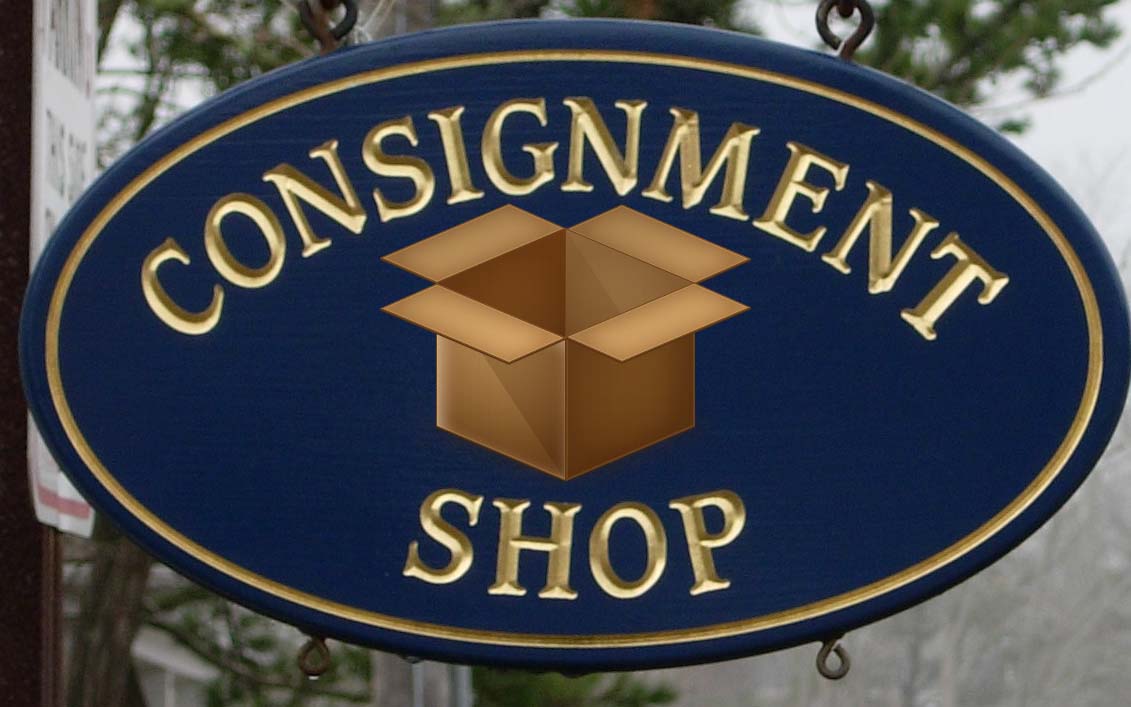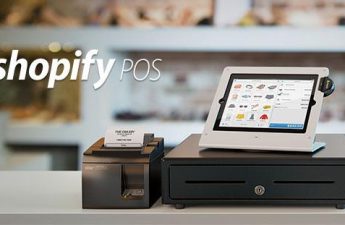Out of budget but want to fill up the shelves with new products? Consider consignment!
A consignment is simply an act of consigning. It’s a matter of sending goods to another person for the purpose of sale. Though the ownership of the goods remains with the sender, he or she is not receiving any pay unless the items are sold.
This method is typically used by retailers who wanted to expand their markets and experience a drastic economic advantage. See how both retailers and suppliers can create a win-win partnership for the real win.
Defining the Method
Under the consignment method, the consignor, the sender or the seller of the goods still has the ownership of the products. The consignors have the right to instruct how the products will be sold and can take back the unsold goods unless they are being paid in full.
On the other hand, the consignee, the receiver or the buyer of the product can make an arrangement with the seller and only pays once the items being placed sold out. The consignment store (which is commonly owned by a consignee) sells the goods on behalf of the sender.
The consignors remain the title holder of the products, but it’s the responsibility of the consignees to take good care of the goods being hand over. They are also responsible for delivering or removing left stocks. Retail merchandisers display the products and handle the sales. Once the items are sold, the consignor pays the consignee and keeps a percentage of the proceeds.
Tips for Successful Consignment
To visibly see the profit, retailers are advised to buy low and sell high. Make sure to only purchase high-quality products at a reasonable price. Products that are low-priced but are low in quality aren’t any more helpful these days so buy only saleable items.
What to Avoid
If you have your business built with Shopify platform and you want to maintain your brand, keep complaints from coming the way. Here are the things that should be avoided from the very first place.
- Damaged Goods
- Fake Products
- Low-quality/Cheap Items
It is also important to avoid products without enough stocks as customers tend to stop shopping if they can’t regularly find items they like. Items that are easily outdated are not meant to work as well. Make sure not to purchase items with low product turnover as it implies weak sale. Most importantly, avoid misunderstandings with the suppliers. This can only lead to business loss.
What to Indulge In
Before jumping on the agreement term, consider split reductions. It is better to sell the merchandise at a low price and get smaller commissions than just return the items unsold to the consignor and get nothing to collect. Under a consignment setup, you can save money on inventory costs and there are also product exposure benefits for vendors.
In selling the products that the seller provides, you can display colorful signs or use discount cards for them to see what’s new and what’s on sale. Make sure your customers can comfortably hold and try the items in whatever way you can.
A few Words of Concern
Consignment is great but you need to tie up your funds until the merchandises are sold. It would also be difficult to quickly distinguish which stock is nearing its termination date. To help yourself out, use a consignment computer software that will allow you to simplify reconciliation with your sellers.
This means if you are running an e-commerce business you have to use SooPOS (Shopify POS) or any computer software that enables you’re reselling and tracking more efficient.
There are many consignment advantages you can try out with friends. As long as both you and the supplier are willing to share the risks, both of your can also get an endearing benefit!






